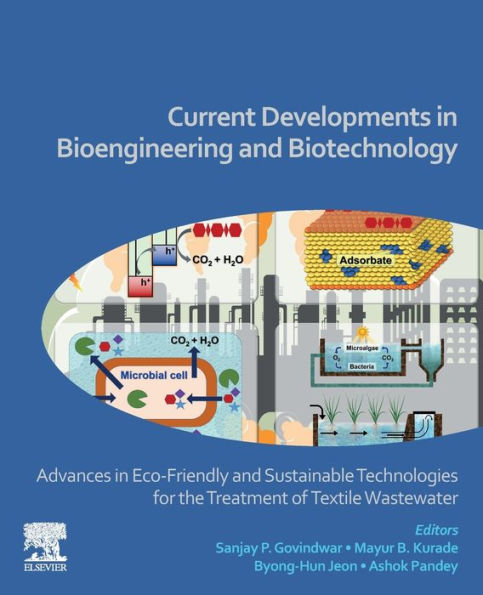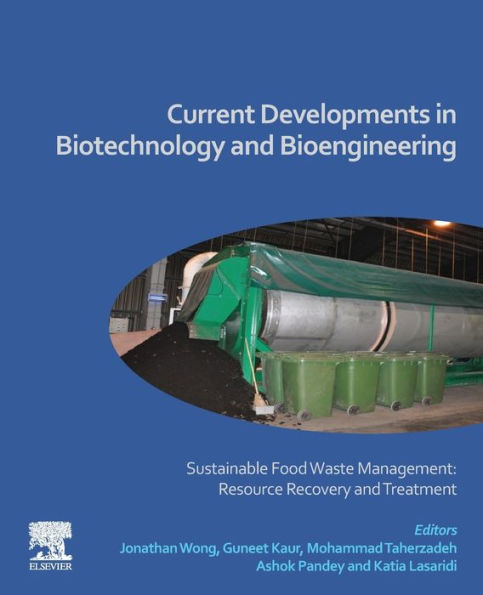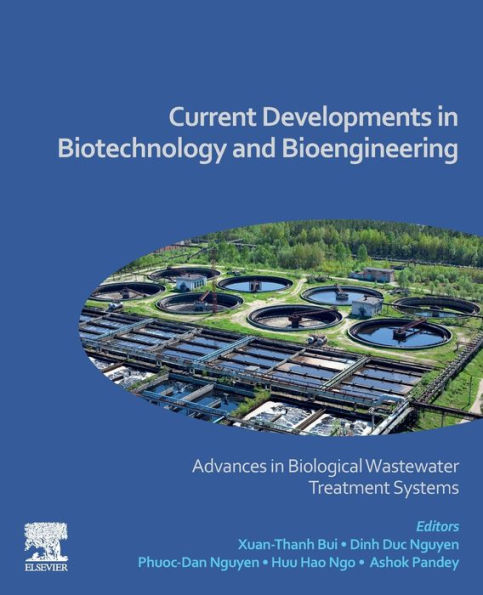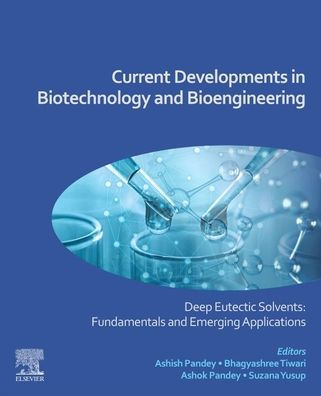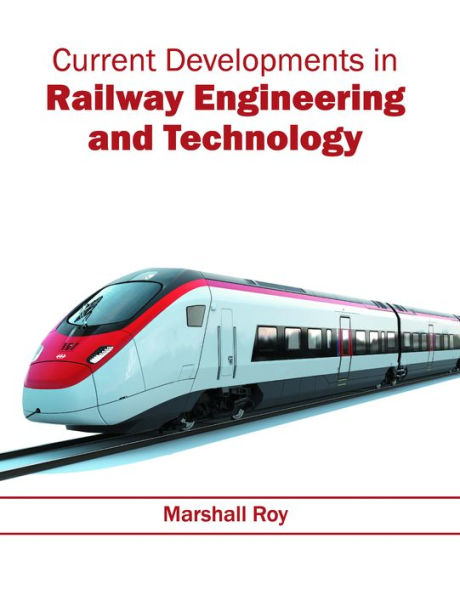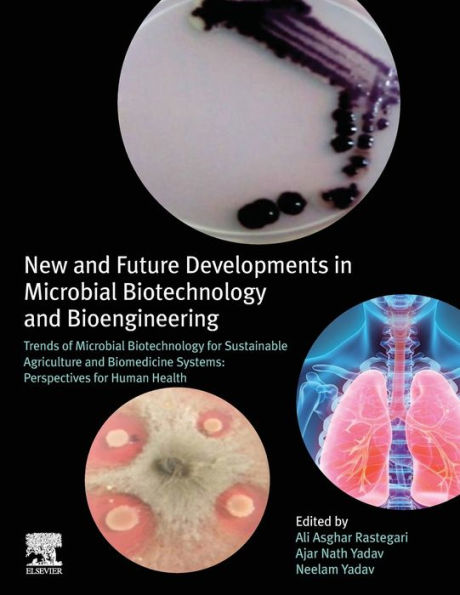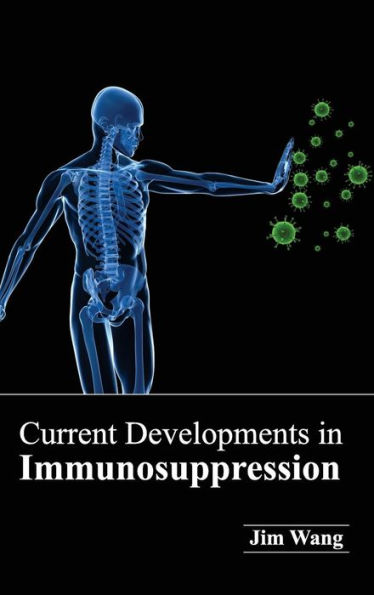Home
Current Developments Biotechnology and Bioengineering: Sustainable Treatment Technologies for Per- Poly-fluoroalkyl Substances
Barnes and Noble
Current Developments Biotechnology and Bioengineering: Sustainable Treatment Technologies for Per- Poly-fluoroalkyl Substances
Current price: $230.00
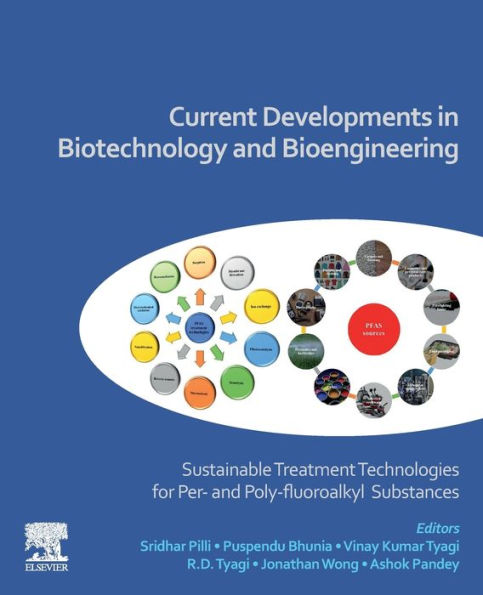

Barnes and Noble
Current Developments Biotechnology and Bioengineering: Sustainable Treatment Technologies for Per- Poly-fluoroalkyl Substances
Current price: $230.00
Size: Paperback
Loading Inventory...
*Product information may vary - to confirm product availability, pricing, shipping and return information please contact Barnes and Noble
Sustainable Treatment Technologies for Pre- and Poly-flourakyl Substances
provides comprehensive details about per- and poly-fluroalkyls substances (PFASs), which are highly toxic and bio-accumulative substances that do not biodegrade easily or cannot be neutralized under normal environmental conditions. It discusses their occurrence in water, wastewater, and aquatic environment, their bioaccumulation in plants, environmental impacts and various remedial technologies for their treatment and management. All the chapters provide state-of-art information about PFASs, describing their identification methods, characterization and present critical analysis of the treatment methods such as physical, chemical, biological, hybrid and advanced systems. This book is a ready reference for the environmental engineers, municipal engineers, environmental practitioners, policy makers, and planners; it is also a practical guide for industrial engineers, government bodies and ecologists as well as for researchers.
provides comprehensive details about per- and poly-fluroalkyls substances (PFASs), which are highly toxic and bio-accumulative substances that do not biodegrade easily or cannot be neutralized under normal environmental conditions. It discusses their occurrence in water, wastewater, and aquatic environment, their bioaccumulation in plants, environmental impacts and various remedial technologies for their treatment and management. All the chapters provide state-of-art information about PFASs, describing their identification methods, characterization and present critical analysis of the treatment methods such as physical, chemical, biological, hybrid and advanced systems. This book is a ready reference for the environmental engineers, municipal engineers, environmental practitioners, policy makers, and planners; it is also a practical guide for industrial engineers, government bodies and ecologists as well as for researchers.
